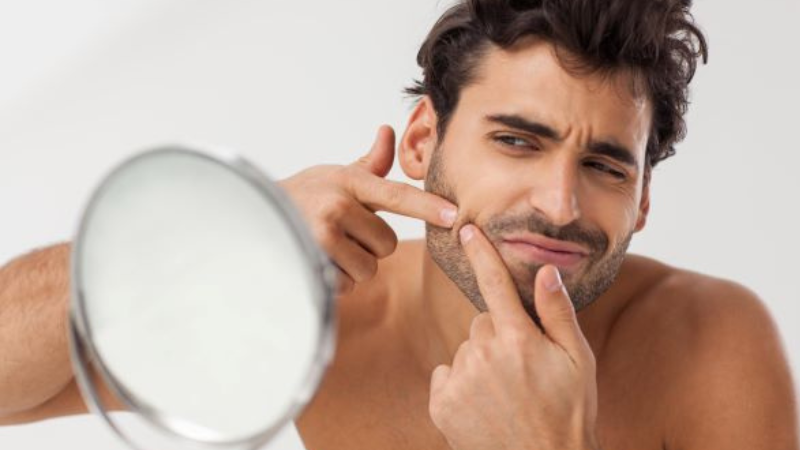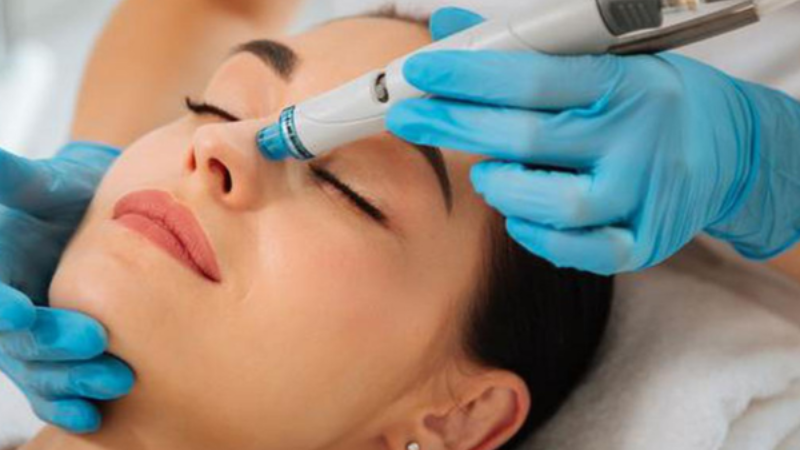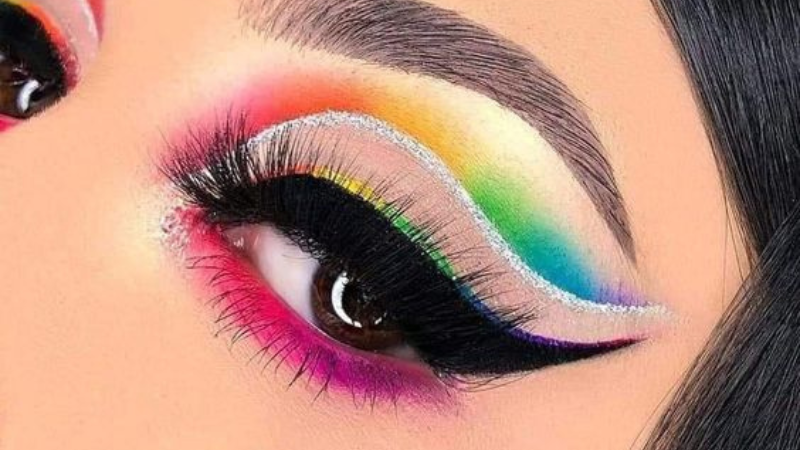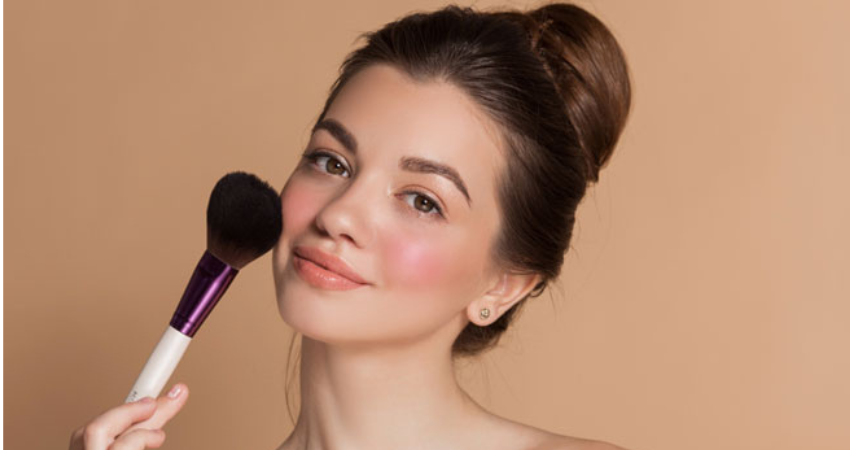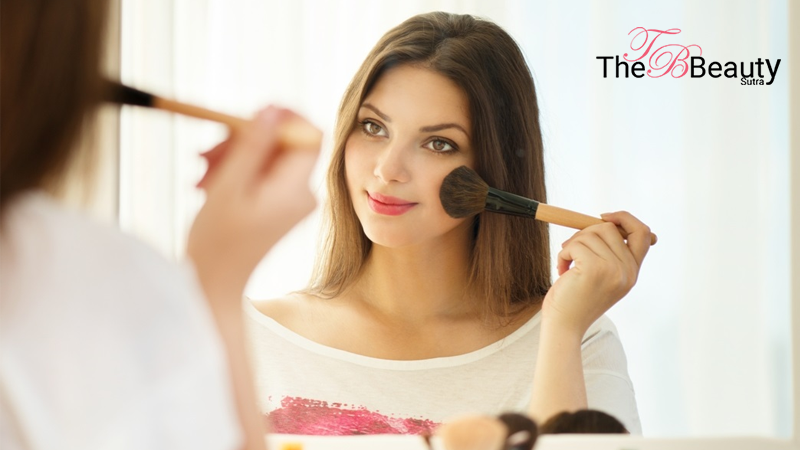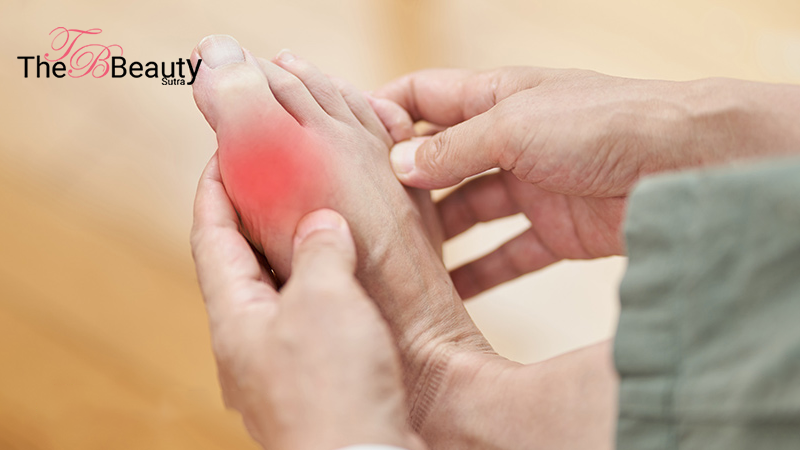Beard pimples, also known as beard acne or folliculitis, are a common issue for many men. These pesky bumps can be frustrating and can impact your confidence. Fortunately, there are effective strategies to tackle this problem and keep your skin clear and your beard healthy. Say goodbye to beard pimples and hello to a smoother, more comfortable beard.
Table of Contents
Understanding Beard Pimples
Before diving into the solutions, it’s important to understand what causes beard pimples. These pimples are often the result of clogged hair follicles, bacterial infections, or ingrown hairs. Factors such as poor hygiene, using harsh products, and improper shaving techniques can exacerbate the issue.
1. Keep Your Beard Clean
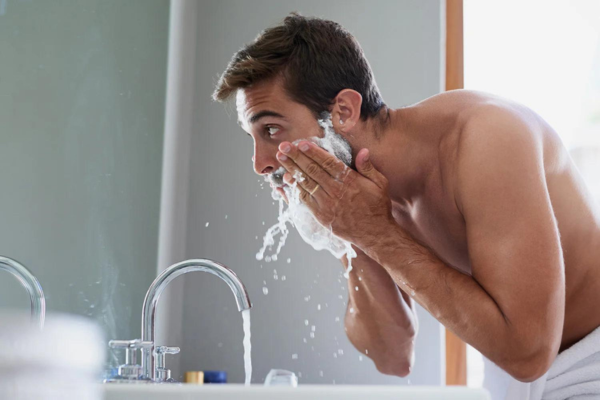
One of the most important steps in preventing and treating beard pimples is maintaining proper hygiene.
Wash Regularly: Use a gentle cleanser to wash your beard daily. This helps remove dirt, oil, and bacteria that can clog pores.
Beard Shampoo: Consider using a beard shampoo, which is specifically designed to clean facial hair without stripping natural oils.
2. Exfoliate Gently
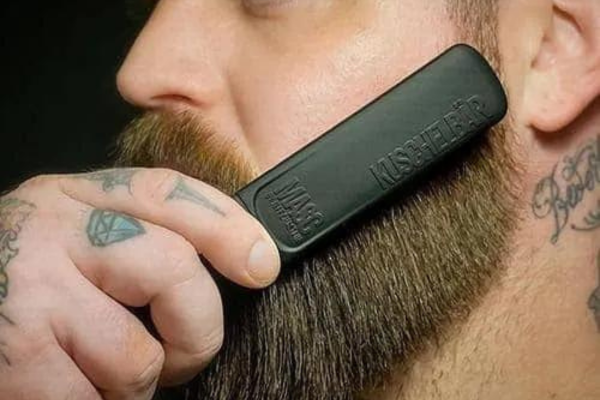
Exfoliating your skin helps to remove dead skin cells that can clog pores and lead to pimples.
Exfoliating Scrub: Use a gentle exfoliating scrub once or twice a week. Choose a product designed for facial skin to avoid irritation.
Soft Brush: A soft brush can also be used to exfoliate the skin under your beard.
3. Moisturize
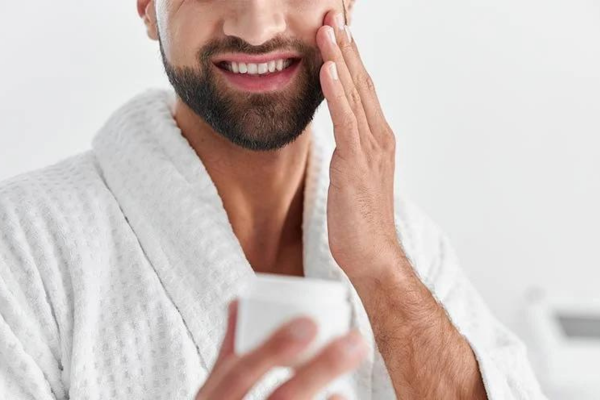
Keeping your skin hydrated is essential for preventing dryness and irritation, which can lead to pimples.
Non-Comedogenic Moisturizer: Use a lightweight, non-comedogenic moisturizer that won’t clog your pores.
Hydrating Ingredients: Look for products with hydrating ingredients like hyaluronic acid or glycerin.
4. Trim and Groom
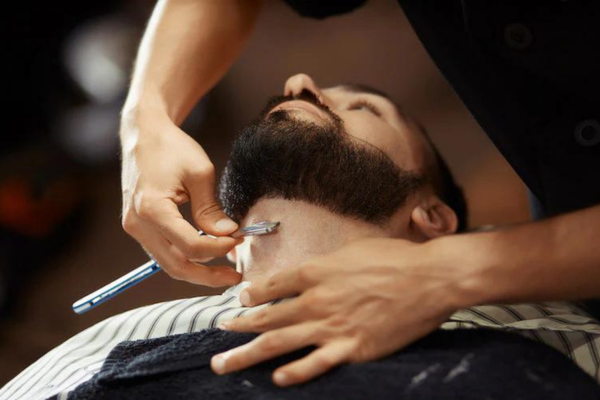
Regular grooming helps to reduce the risk of ingrown hairs and irritation.
Sharp Razor: Use a clean, sharp razor or trimmer to avoid tugging and irritation.
Proper Technique: Shave in the direction of hair growth to minimize ingrown hairs.
5. Avoid Touching Your Beard
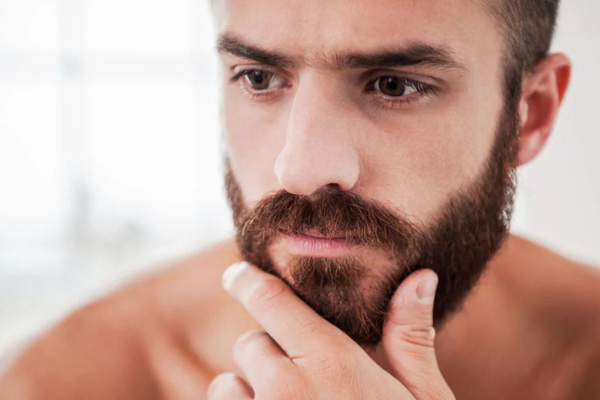
Touching your beard frequently can transfer oils and bacteria from your hands to your face, leading to pimples.
Hands Off: Try to avoid touching your beard unnecessarily.
Clean Hands: Wash your hands regularly to keep them clean.
6. Use Beard Oil
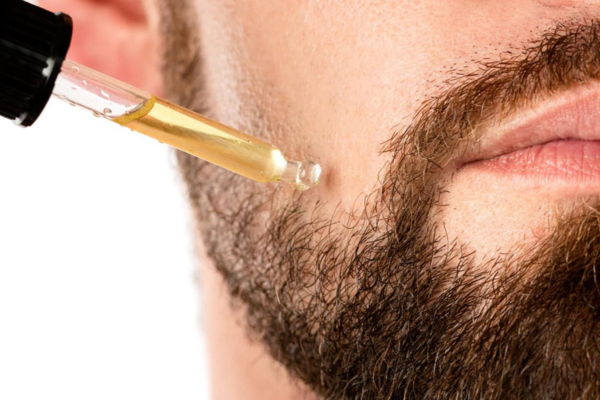
Beard oil not only keeps your beard soft but also helps to moisturize the skin underneath.
Tea Tree Oil: Look for beard oils containing tea tree oil, which has antibacterial properties that can help prevent infections.
Daily Use: Apply beard oil daily to keep your beard and skin healthy.
7. Hot Towel Treatment
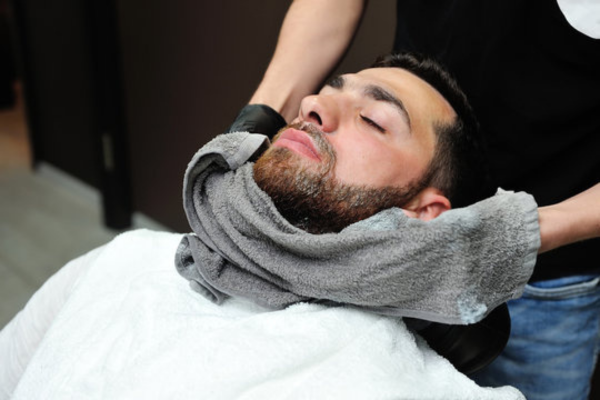
Using a warm, damp towel on your face can help open pores and reduce the risk of ingrown hairs.
Before Shaving: Apply a hot towel to your face for a few minutes before shaving.
Relaxation: This treatment also provides a relaxing experience, making your grooming routine more enjoyable.
8. Avoid Harsh Products
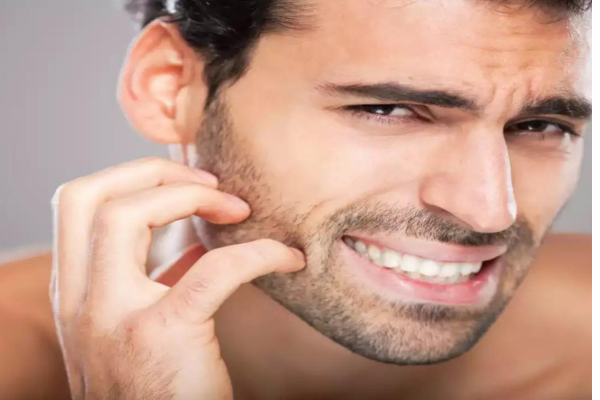
Harsh products can dry out and irritate your skin, leading to more pimples.
Alcohol-Free: Choose products that are free from alcohol and other harsh chemicals.
Sensitive Skin: Opt for products labeled as gentle or suitable for sensitive skin.
9. Spot Treatments
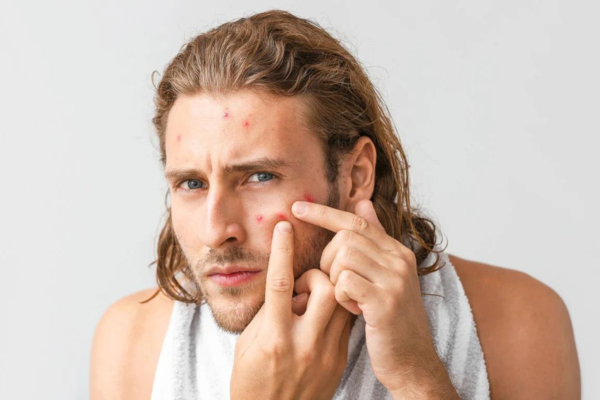
For individual pimples, spot treatments can be effective.
Benzoyl Peroxide or Salicylic Acid: Use a spot treatment containing these ingredients to target and reduce pimples.
No Picking: Avoid picking or popping pimples to prevent scarring and further infection.
10. Maintain a Healthy Diet

A healthy diet can have a positive impact on your skin.
Balanced Diet: Eat a diet rich in fruits, vegetables, and lean proteins.
Hydration: Drink plenty of water to stay hydrated and support overall skin health.
11. Consult a Dermatologist

If your beard pimples persist or become severe, it’s a good idea to seek professional advice.
Expert Help: A dermatologist can provide tailored treatment options and help address underlying issues.
Conclusion
Getting rid of beard pimples requires a combination of good hygiene, proper grooming, and the right products. By following these tips, you can keep your beard and skin healthy, reducing the occurrence of pimples and boosting your confidence. Remember, consistency is key, and it may take some time to see results. If in doubt, don’t hesitate to consult a dermatologist for personalized advice.

